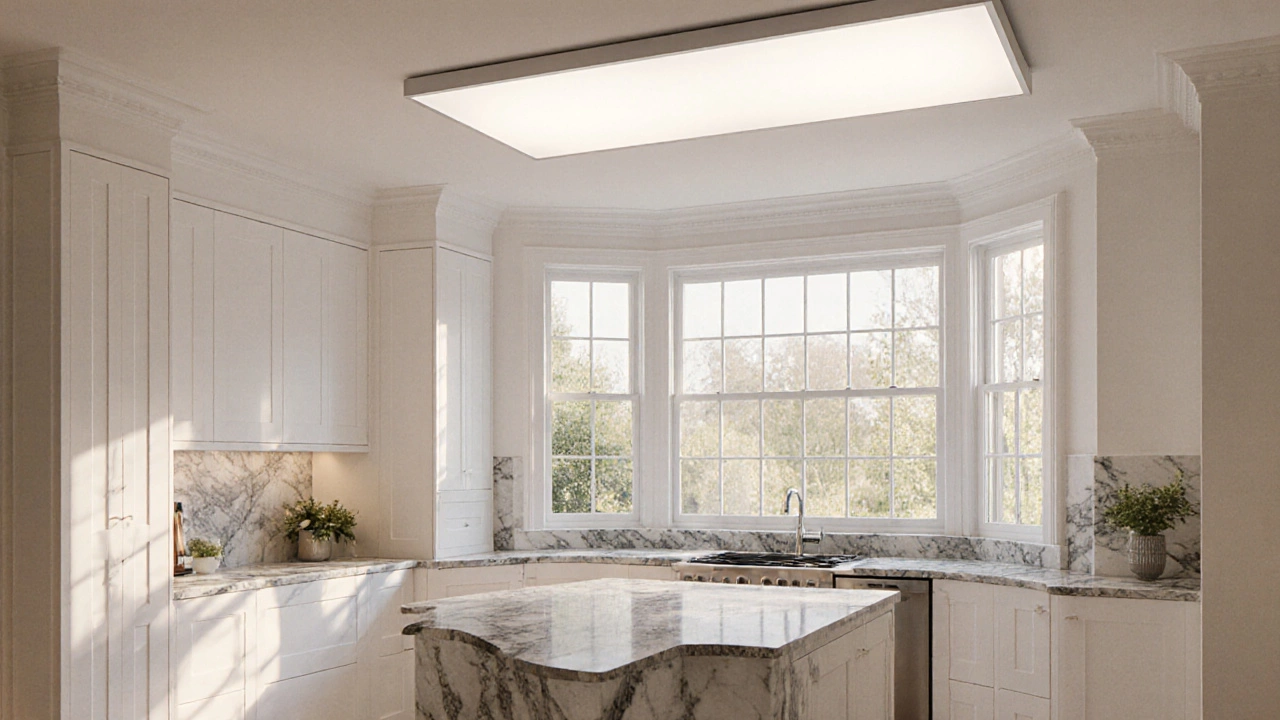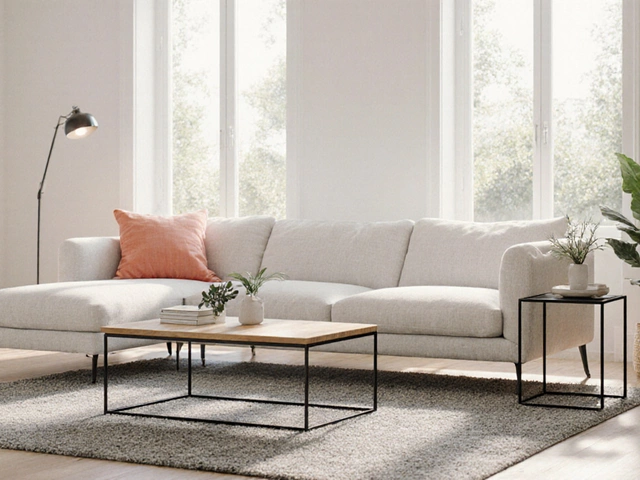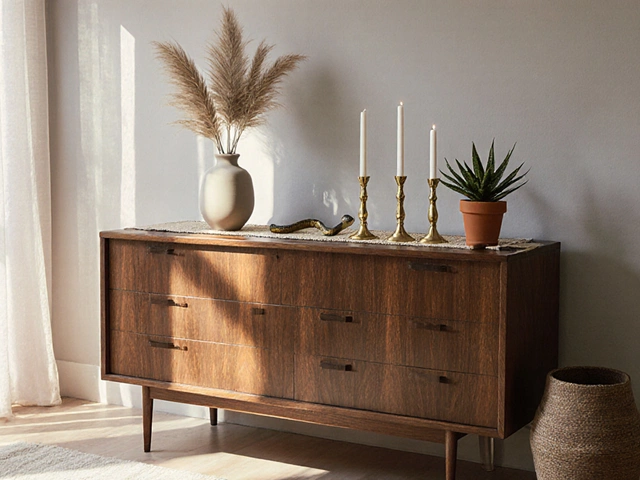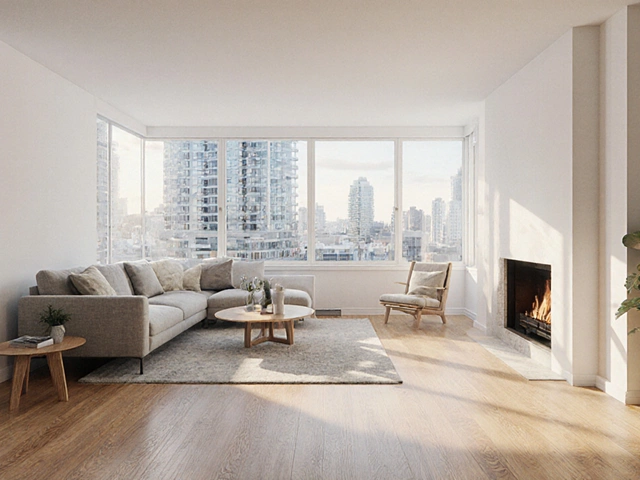Room Lighting Calculator
Ever walked into a room and felt the harshness of a typical LED bulb, then wished you could bring the soft, energizing feel of a sunny day inside? Finding lighting that feels as close to natural light as possible isn’t a myth - it’s a mix of science, technology, and a bit of personal taste. Below you’ll learn which lamps actually copy the sun’s spectrum, why the right specs matter, and how to pick the perfect fixtures for any space.
Quick Take
- Full‑spectrum LEDs with a CRI≥90 and 5000‑6500K color temperature are the closest match to daylight.
- Daylight‑balanced bulbs (3500‑4500K) work well in kitchens and workspaces.
- OLED panels offer diffuse, glare‑free light that mimics the sky’s soft quality.
- Check lumens for brightness, but prioritize CRI and spectrum for color accuracy.
- Smart dimmers let you fine‑tune intensity and temperature throughout the day.
What Makes Sunlight Unique?
Before diving into products, it helps to know what the sun actually delivers. Sunlight is a full‑spectrum source that spans ultraviolet (UV), visible, and infrared wavelengths. Its key attributes are:
- Color Rendering Index (CRI) - a measure of how accurately a light source reveals colors compared to natural light. Sunlight scores a perfect 100.
- Color Temperature - expressed in Kelvin (K), indicating the hue of the light. Mid‑day daylight hovers around 5500‑6500K.
- Luminous Flux (lumens) - the total amount of visible light emitted.
- Spectral Power Distribution (SPD) - the intensity of each wavelength; a flat SPD resembles sunlight.
When a lamp checks these boxes, it feels natural, reduces eye strain, and can even boost mood and productivity.
Key Specs to Look For
Here’s a quick cheat‑sheet of the numbers that matter most:
- CRI (Color Rendering Index) - aim for 90 or higher for true‑to‑life colors.
- Kelvin (Color Temperature) - 5000‑6500K mimics midday sun; 3500‑4500K works for warm daylight.
- Lumens - calculate needed lumens by room size (roughly 20lumens per square foot for general lighting).
Don’t be fooled by marketing jargon. A bulb labeled “cool white” might sit at 4000K, far from true daylight. Always check the spec sheet.
Lighting Technologies That Replicate Natural Light
Not all light sources are created equal. Below are the main contenders, each marked up the first time they appear.
Full‑spectrum LED (LED engineered to emit a balanced SPD across the visible range, often with added UV/IR fillers) delivers a CRI of 90‑98 and can be tuned to 5000‑6500K. These are the go‑to choice for art studios, home offices, and any space where color accuracy matters.
Daylight LED (LED bulbs preset at 5000K with a moderate CRI (80‑90)) provides a bright, slightly cooler feel. Ideal for kitchens, bathrooms, and retail displays.
OLED panel (Organic Light‑Emitting Diode sheets that emit uniform, diffused light) creates a soft glow resembling overcast daylight. The low glare makes OLED perfect for reading nooks and bedroom accents.
Fluorescent tube (Cold‑light source that can be manufactured with high CRI) was once the budget-friendly daylight option, but flicker issues and mercury content have pushed most users toward LEDs.
Halogen bulb (Incandescent variant with a higher color temperature (≈3000‑3500K)) mimics a warm sun at sunrise but falls short on CRI and energy efficiency.
How to Choose the Right Light for Each Room
Every space has a purpose, and the lighting should support that purpose while staying true to natural light qualities.
- Living rooms - Aim for 3000‑3500K for a cozy vibe, but add a full‑spectrum floor lamp (CRI≥90) for reading corners.
- Home offices - Use daylight LEDs at 5000‑6500K with high CRI to keep colors accurate and reduce eye fatigue during long screen sessions.
- Kitchen - Bright daylight LEDs (4500‑5000K) over counters, complemented by a dimmable OLED strip under cabinets for ambience.
- Bedrooms - Soft OLED panels or warm full‑spectrum bulbs (3000K) for a relaxing atmosphere that still feels natural.
- Bathrooms - Choose moisture‑rated daylight LEDs at 4000‑4500K; a vanity mirror with integrated full‑spectrum LEDs eliminates harsh shadows.
Budget matters, too. Full‑spectrum LEDs cost a bit more upfront (≈$15‑$30 per 60‑W equivalent), but they last 25,000hours and save electricity.
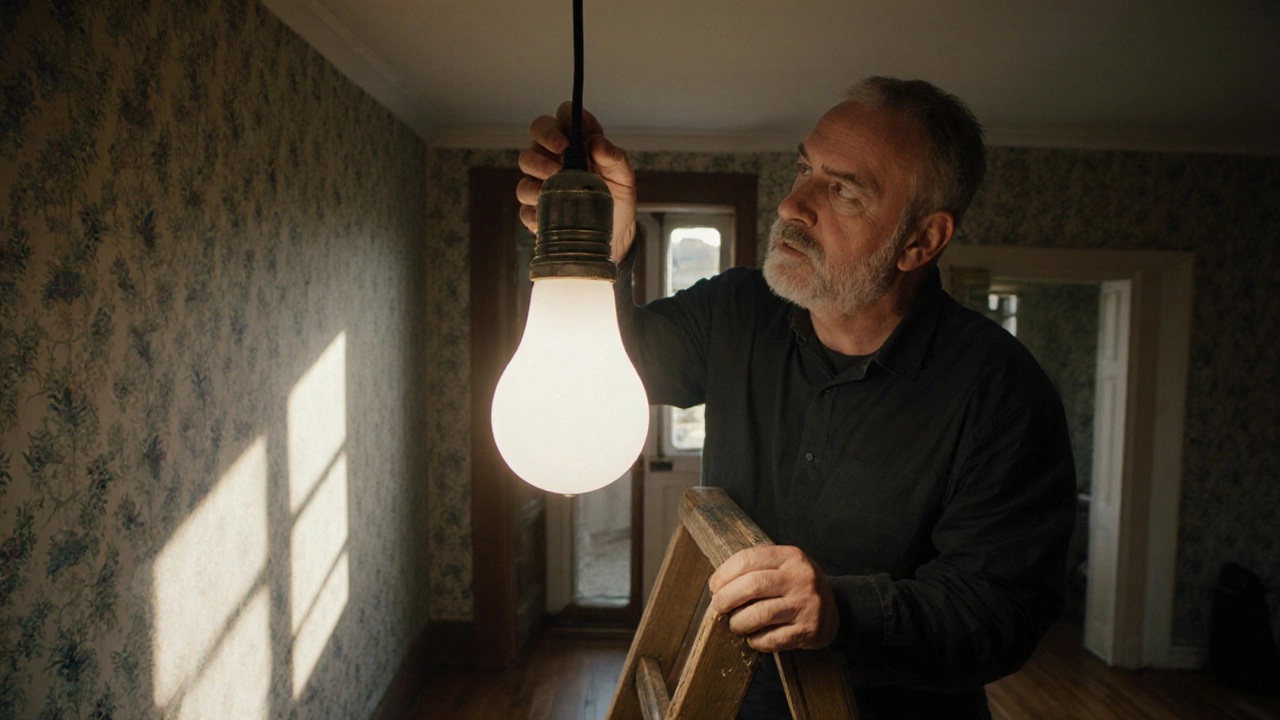
Installation Tips and Smart Integration
Even the best bulb can underperform if placed poorly.
- Positioning - Place lights near windows to blend artificial and natural light, especially in north‑facing rooms.
- Layering - Combine ambient (overhead), task (under‑cabinet), and accent (floor or wall) lighting for a balanced feel.
- Dimming strategy - Use smart dimmers (Wi‑Fi or Zigbee controllers that adjust brightness and temperature) to mimic the sun’s natural progression from sunrise (warm) to noon (cool).
- Color tuning - Some smart LEDs let you shift Kelvin from 2700K to 6500K with a tap, perfect for seasonal mood changes.
- CRI verification - Purchase from reputable brands that publish third‑party CRI test results; avoid “daylight” labels without data.
Comparison of Top Light Types
| Attribute | Full‑spectrum LED | Daylight LED | OLED Panel | Fluorescent Tube |
|---|---|---|---|---|
| Typical CRI | 90‑98 | 80‑90 | 85‑92 | 70‑85 |
| Color Temp (K) | 5000‑6500 | 5000 | 3500‑4500 (diffused) | 4000‑6500 (tunable) |
| Energy Use (W per 800lm) | ≈9‑12W | ≈10‑13W | ≈15‑20W (large panel) | ≈20‑30W |
| Lifetime (hours) | 25,000‑50,000 | 25,000‑40,000 | 30,000‑40,000 | 10,000‑20,000 |
| Glare | Low (with diffuser) | Moderate | Very low, fully diffused | Potential flicker |
| Best For | Art studios, offices, color‑critical tasks | Kitchens, bathrooms, retail | Bedrooms, reading nooks, hospitality | Utility areas, budget projects |
Common Questions About Natural‑Light Lighting
Frequently Asked Questions
Does a higher Kelvin always mean a cooler light?
Yes. Kelvin measures the hue of the light: lower numbers (2700‑3000K) are warm/yellow, while 5000‑6500K mimics the blue‑white tone of midday sun.
Can I replace my existing bulbs with full‑spectrum LEDs without rewiring?
In most cases, yes. Full‑spectrum LEDs come in standard bases (E26/E27) and operate on the same voltage as traditional bulbs. Just check the wattage equivalence.
Is CRI the only factor for color accuracy?
CRI is crucial, but the spectral distribution matters too. Two bulbs can share a CRI of 90 yet render greens differently if their SPD isn’t balanced. Full‑spectrum LEDs typically have smoother SPDs.
Do OLED panels consume more power than LEDs?
Generally, OLEDs use more watts for the same lumen output, especially in larger formats. However, their ultra‑low glare and uniform light often justify the extra draw in design‑focused spaces.
How can I automate daylight changes throughout the day?
Smart lighting ecosystems (e.g., Philips Hue, LIFX) let you schedule color temperature shifts. Pair them with a sunrise‑sunset API or a simple routine: warm (2700K) at 6am, cool (6500K) at noon, back to warm at night.
Troubleshooting & Next Steps
If you’ve installed a new lamp and it still feels harsh, check these common hiccups:
- Incorrect CRI label - Verify the spec sheet; some budget brands inflate CRI numbers.
- Improper placement - Direct overhead LEDs can cause glare; add a diffuser or move the fixture.
- Dimmer incompatibility - Not all LEDs work with old magnetic dimmers; upgrade to LED‑compatible electronic dimmers.
- Color temperature drift - Some cheap LEDs shift toward warmer tones as they age; replace after 20,000hours if noticeable.
Ready to upgrade? Start by swapping one central room’s ceiling light with a full‑spectrum LED. Observe the difference in color accuracy and eye comfort, then expand to other areas. Remember, the goal isn’t just brightness - it’s recreating the subtle, energizing quality of natural sunlight.
Final Thought
When you choose lighting based on CRI, Kelvin, and a balanced spectrum, you’re not just buying a bulb - you’re inviting the outdoors inside. Whether you’re cooking, creating art, or simply unwinding, the right light can make every moment feel a little more vibrant and a lot more natural.
